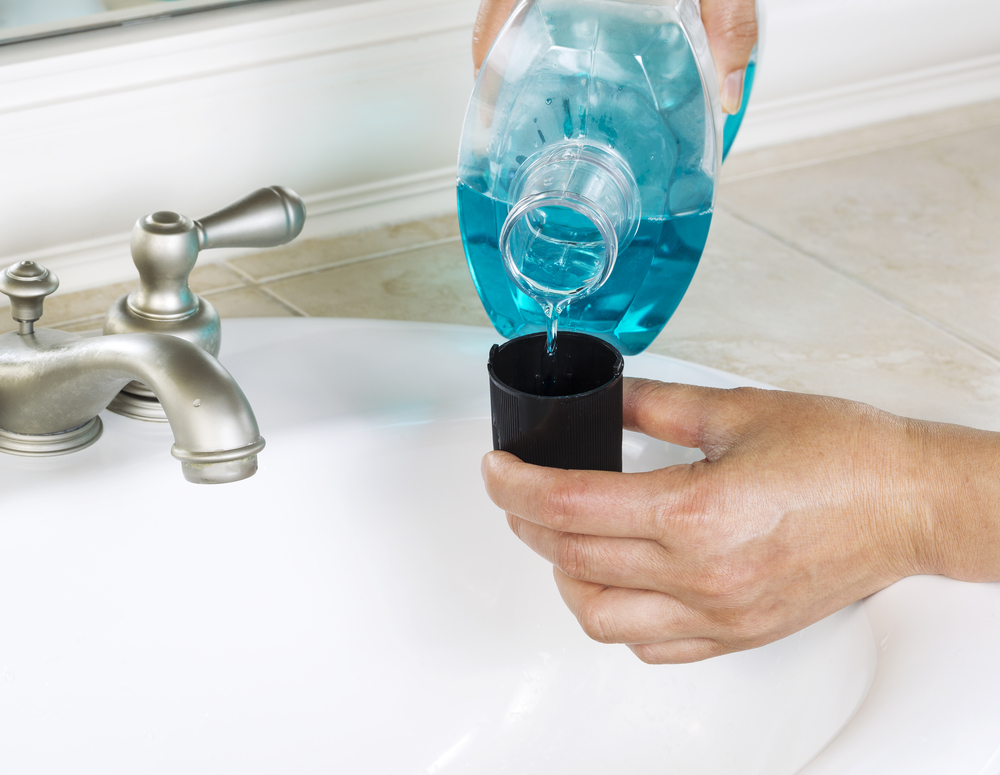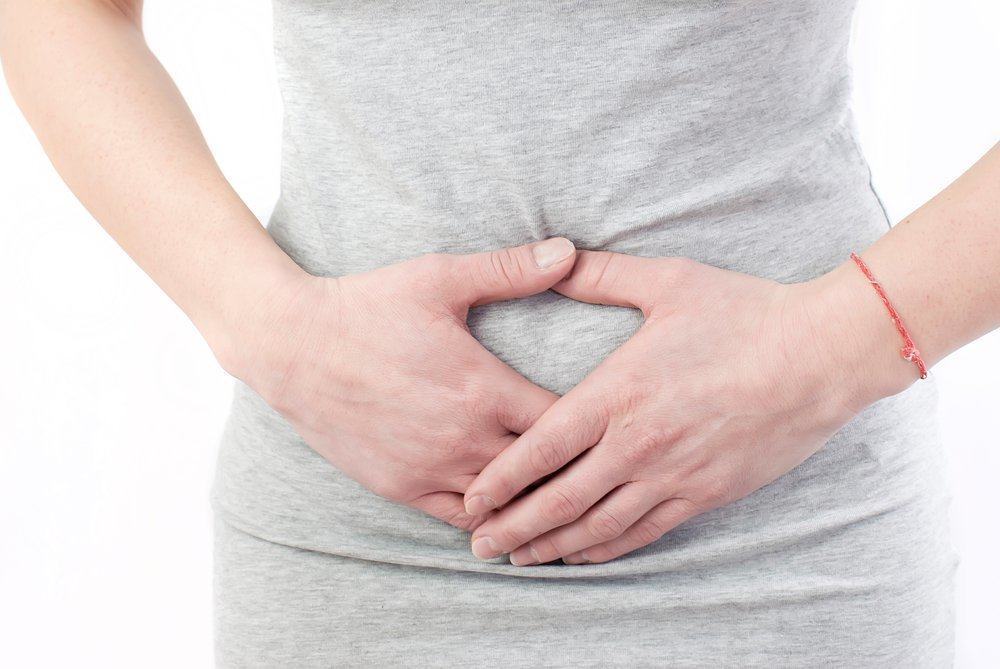Contents:
Medical Video: Goldmann Applanation Tonometry
Definition
What is tonometry?
A tonometry test measures the pressure inside your eye, called intraocular pressure (IOP). This test is used to check for glaucoma, an eye disease that can cause blindness by damaging nerves in the back of the eye (optic nerve). Optic nerve damage can be caused by a buildup of fluid that does not flow properly out of the eye.
A tonometric test measures IOP by recording your corneal resistance to pressure (indentation). Eye drops to make your eye surface rigid are used with most of the following methods.
Applanation (Goldmann) Tonometry
This type of tonometry uses probe gently gently and flatten your cornea to measure eye pressure and use microscope slit lights to see your eyes. The pressure in your eyes is measured by how much power is needed to flatten your cornea. This type of tonometry is very accurate and is often used to measure IOP after a simple screening test (such as air suction tonometry) found an increase in IOP.
Electronic Angled Tonometry
Electronic tonometry is currently more often used to check IOP improvements. Although very accurate, electronic tonometry results can be different from tonometric applanation. Your doctor will place a soft device with a rounded tip that looks like a pen directly on your cornea. IOP readings are shown on small computer panels.
Non-Contact Tonometry (Pneumotonometry)
This type of tonometry does not touch your eyes, but uses a gust of air to flatten your cornea. This type of tonometry is not the best way to measure intraocular pressure, but this method is often used as a simple way to check high IOPs and is the easiest way to test children. This type of tonometry does not use eye drops.
When should I undergo tonometry?
Your eye doctor can refer to applanation (Goldman) tonometry if he suspects you have a risk of glaucoma. If an air blast test or other eye test shows a potential problem, he will ask you to undergo a tonometric test to confirm or rule out glaucoma.
You may also be tested if you experience symptoms such as gradual loss of peripheral vision, vision such as seeing a tunnel, severe eye pain, blurred vision, roundabouts around the lights, or reddish eyes. All of these symptoms may be signs of glaucoma.
Prevention & warning
What should I know before undergoing tonometry?
A tonometry test can be done for several months or years to check for glaucoma. Also, because intraocular pressure (IOP) can change at different times, tonometry is not the only test done to check for glaucoma. If IOP is high, retesting, such as ophthalmoscopy, gonioscopy, and visual field testing, can be done.
Process
What should I do before undergoing tonometry?
You must remove contact lenses before testing. Permanent coloring can leave stains on contact lenses. Tell your doctor if you have a history of corneal ulcer or eye infection, or a history of glaucoma in your family. Always let the provider check about the medicines you are taking.
What is the tonometric process?
The tonometric testing process only takes a few minutes.
Applanation Method (Goldmann)
This type of tonometry is performed by an ophthalmologist. Your doctor will use eye drops to numb the surface of your eyes so you won't feel the tonometer during the test. A paper strip containing dyes (fluorescein) will touch your eyes, or eye drops containing dye will be applied. Coloring will make it easier for doctors to see your cornea.
You will put your chin on a soft support and stare directly at the microscope (slit lamp). Your doctor sits in front of you and directs a bright beam of light into your eyes. Your doctor gently touches your eye's tonometer probe. The doctor checks the voltage on the tonometer that measures the IOP of your eye.
Don't rub your eyes for 30 minutes until the anesthetic has faded.
Electronic Angled Method
Electronic tonometry can be performed by technicians, ophthalmologists, or general practitioners. Your doctor will use eye drops to numb the surface of your eyes so you won't feel the tonometer during the test.
You will stare straight ahead, or sometimes look down. Your doctor gently touches the tonometer probe to your eyes. Some analysis will be carried out on each eye. You will hear a clicking sound every time the results of the analysis are obtained. After sufficient analysis has been obtained, a beep will be heard, and the IOP average measurement will appear on the display instrument panel.
Don't rub your eyes for 30 minutes until the anesthetic has faded.
Non-Contact Method (Air Blowing)
This type of tonometry is performed by a doctor or ophthalmologist. You don't need an anesthetic drops to numb your eyes for this method.
You will put your chin on the support soft and stare straight into the machine. A puff of air is blown in your eyes in a short time. You will hear the sound of gusts and feel the coolness or light pressure on your eyes. The tonometer records intraocular pressure (IOP) from changes in light reflected from the cornea. testing can be done several times for each eye.
What should I do after undergoing tonometry?
You may have an itchy feeling on your cornea. This usually goes away in 24 hours. Some people become anxious when the tonometer touches the eye. On the method of blowing air, only gusts of air touched the eyes.
Contact your doctor if you feel eye pain during the test or for 48 hours after the test.
Explanation of Test Results
What do the test results mean?
Normal eye pressure is different for each person and is usually higher after you wake up. IOP changes are more in people who have glaucoma. Women usually have a higher IOP than men, and IOP usually increases with age.
IOP normal: 10-21 millimeters of mercury (mm Hg)
Abnormal: higher than 21 mm Hg
High IOP score: A high IOP can mean that you have glaucoma or that you are at high risk for glaucoma. People who have persistent pressure above 27 mm Hg usually develop glaucoma unless pressure is lowered with drugs.
People who have IOP higher than 21 mm Hg but do not have optic nerve damage means having a condition called hypertensive eyes. These people may be at risk of developing glaucoma from time to time.
Hello Health Group does not provide medical advice, diagnosis or treatment.











